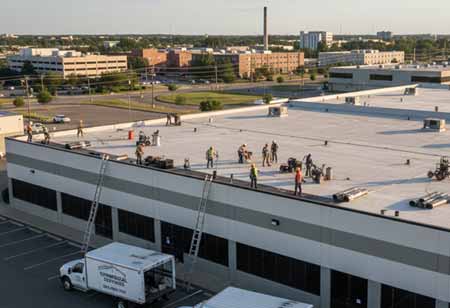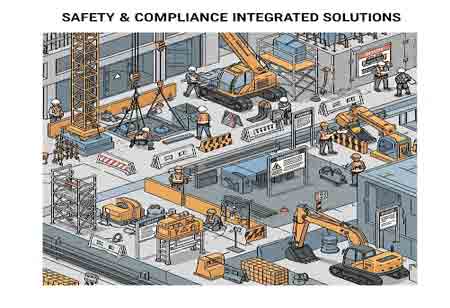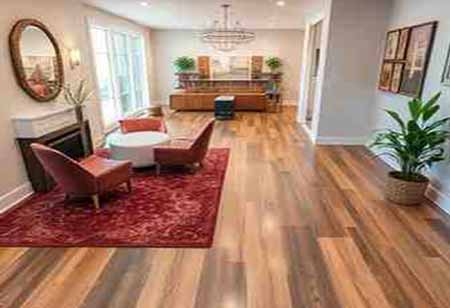Thank you for Subscribing to Construction Business Review Weekly Brief
Specials
- Apartment and Condominium Contractors Canada
- Decking Canada
- Architectural Glass Europe
- MEP APAC
- Construction Saudi Arabia
- German Apartment and Condominium Contractors
- Construction Law APAC
- Outdoor Construction
- Foundation Construction Canada
- MEP Canada
- Kitchen and Bath
- Cold Storage Construction APAC
- Precast Concrete Europe
- Construction Staffing Europe
- Pre-Construction Services
- Flooring System APAC
- Scaffolding Canada
- Swimming Pool Construction Canada
- Construction Management Canada
- Cold Storage Construction Canada
- Flooring Systems Europe
- Residential Construction
- Concrete Canada
- Construction Cladding Europe
- Construction Cladding APAC
- Concretes, Aggregates and Construction Materials APAC
- Concretes, Aggregates and Construction Materials Europe
- Commercial Contractors Europe
- Commercial Contractors APAC
- Dummy
- Construction Insulation, Coating and Waterproofing
- Construction Management APAC
- Landscaping Canada
- Construction Coating Europe
- Construction Tech Startups Europe
- Insulation Services Europe
- Mechanical Contractor Canada
- Mould Remediation and Testing Europe
- Swimming Pool Construction APAC
- Building Sealing Solutions Europe
- Construction Engineering Services
- Mechanical Electrical and Plumbing
- Roofing Systems Europe
- Architectural Glass APAC
- Startups APAC
- Construction Forensic and Owners Representative
- Flooring System
- Waterproofing APAC
- Wall Systems
- Safety and Compliance Europe
- Construction Bidding and Auctions
- Modular and Prefab Construction
- Architectural Glass
- Construction MENA
- Construction Demolition and Recycling Europe
- Modular Construction Europe
- Construction Interiors
- Steel Building APAC
- HVAC
- Doors and windows
- Construction Latam
- Building Information Modeling APAC
- Sustainable Construction APAC
- Building Restoration and Maintenance
- Commercial Contractors
- Specialty Construction
- Construction Engineering Canada
- Construction Engineering MENA
- Modular Construction Canada
- Modular Construction APAC
- Roofing and Siding Systems
- Workforce Management and Staffing
- Roofing Systems APAC
- Construction Consulting
- Steel Building Europe
- Construction Demolition and Recycling APAC
- Safety and Compliance APAC
- Concretes, Aggregates and Construction Materials
- Construction Cladding
Integrating MEP Systems in High-Rise Structures

By
Construction Business Review | Tuesday, November 28, 2023
Stay ahead of the industry with exclusive feature stories on the top companies, expert insights and the latest news delivered straight to your inbox. Subscribe today.
MEP design is crucial for high-rise buildings, ensuring occupant comfort, safety, and sustainability.
FREMONT, CA: High-rise buildings towering over modern cityscapes rely heavily on Mechanical, Electrical, and Plumbing (MEP) design for functionality, safety, and sustainability. MEP systems regulate temperature, lighting, ventilation, and water supply, making them essential for occupant comfort and convenience. Moreover, they play a critical role in ensuring safety during emergencies, including fire protection, evacuation, and security measures. In the confined spaces of high-rise structures, the coordination of MEP systems is particularly challenging. Efficient vertical transportation systems, such as elevators, are vital for occupant mobility but must be integrated carefully due to limited shaft space. The structural design of high-rises poses constraints on the placement of ductwork, piping, and electrical conduits, demanding meticulous coordination to avoid interference with the building's structure.
Fire safety is of utmost importance in high-rise buildings. Designing effective fire suppression and evacuation systems, ensuring adequate water supply for firefighting, and managing the complex nature of tall structures are key considerations. Additionally, maintaining a comfortable indoor environment in high-rises presents challenges due to temperature and pressure variations at different elevations. HVAC systems need to address these variations efficiently. Electrical distribution systems in high-rises must accommodate the demands of numerous occupants and equipment while ensuring a reliable power supply. Efficiently managing electrical loads is essential. Building Information Modeling (BIM) technology aids in multidisciplinary collaboration and visualizing the integration of MEP systems with the building's structural design. It helps identify clashes and optimize space utilization. BIM helps to identify potential issues early in the design phase and provide accurate cost estimates. Additionally, it can help to detect any thermal bridges or areas of inadequate insulation, which can reduce the efficiency of the HVAC system. Finally, it can help to optimize the design of electrical distribution systems, ensuring that they are properly sized and configured to provide the necessary power to all the occupants and equipment.
More in News





